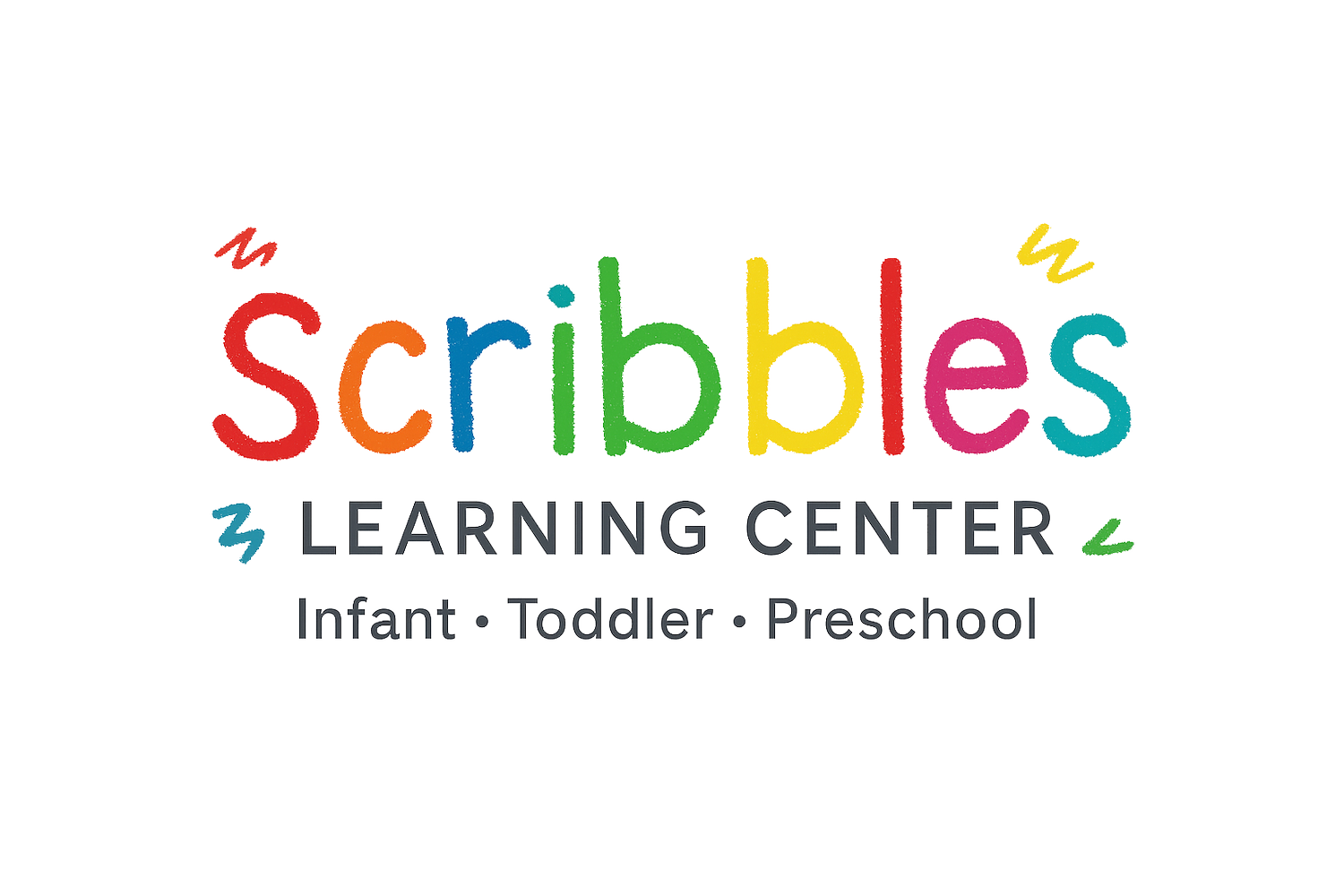Encouraging Play at Home: Simple Ways Families Can Support Learning
At Scribbles Learning Center, we know that play is a child's most powerful tool for learning. Play builds creativity, problem-solving skills, independence, and social-emotional growth. And the best part? Families don't need fancy toys or complicated activities to encourage play at home. Everyday routines and simple household items can spark endless opportunities for fun and learning.
1. Create Space for Free Play
Set aside time each day when your child can follow their own interests. Whether they choose to build with blocks, pretend to cook, or draw pictures, free play allows children to explore their imagination and develop decision-making skills. Try to avoid over-scheduling and let them lead the way.
2. Use What You Already Have
You don't need expensive toys to create meaningful play experiences. Empty boxes become spaceships, pots and pans transform into a drum set, and a blanket can turn a couch into a fort. When children use everyday materials, they practice creativity and flexible thinking.
3. Play Together
Children love when their families join in! Get down on the floor, follow their lead, and let them guide the story. Ask open-ended questions like "What happens next?" or "How can we build this taller?" This type of back-and-forth interaction builds language skills and strengthens your connection.
4. Encourage Outdoor Adventures
Fresh air and movement are essential. A walk around the neighborhood, collecting leaves, or playing tag in the backyard all support healthy development. Outdoor play helps children build motor skills, manage emotions, and explore the natural world.
5. Embrace Pretend Play
Pretend play helps children make sense of the world. Set up a simple "grocery store" with canned goods, let them play "restaurant" with toy dishes, or encourage them to dress up and act out their favorite stories. Through role play, children practice problem solving, empathy, and cooperation.
6. Keep Play Open-Ended
Offer toys and materials that can be used in many ways-blocks, art supplies, dolls, cars, scarves, and building sets. Open-ended materials inspire creativity and allow children to take the lead instead of being restricted by toys that have only one purpose.
7. Celebrate the Process, Not the Product
When your child is painting, building, or imagining, focus on their effort and excitement rather than the finished result. Ask them to tell you about what they made, how they played, or what they enjoyed most. This reinforces confidence and encourages them to keep exploring.
Final Thought
At Scribbles, we believe play is the foundation for lifelong learning. By encouraging play at home, families give children the chance to grow, discover, and connect in joyful ways. Remember-when children play, they're not "just playing." They're learning about themselves, others, and the world around them.

